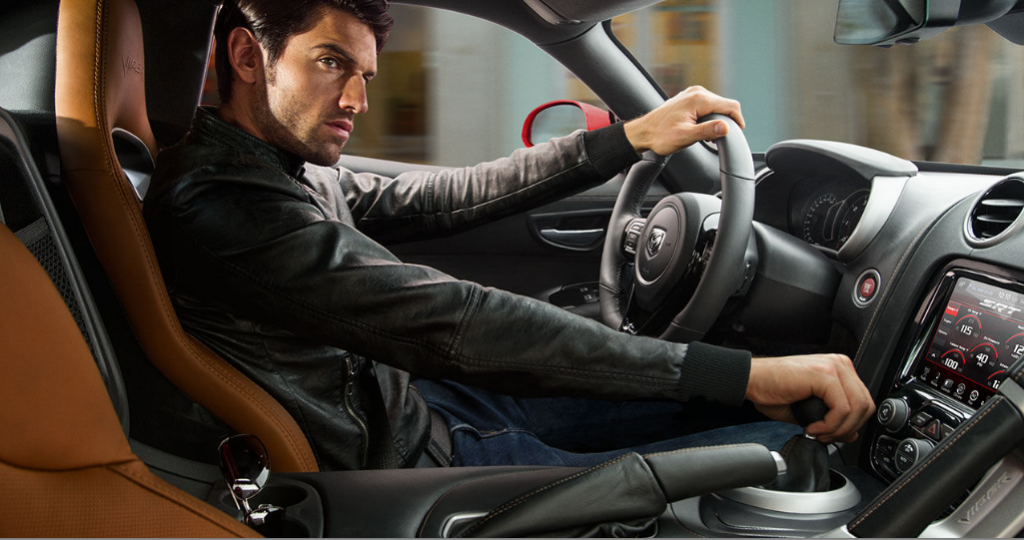
The prevalence of automatic cars in the United States and the dominance of manual transmission in most European countries have been a subject of curiosity among car enthusiasts and casual drivers alike. In this article, we will delve deeper into the historical, cultural, and practical factors that contribute to these differences in driving preferences between Americans and Europeans.
Historical Factors
One of the most significant factors that have shaped the diverging trends in manual and automatic transmission in the United States and Europe is their respective automotive histories. In the early 20th century, both regions shared a preference for manual transmission, as it was the only viable option for cars at that time. However, after World War II, the two regions took different paths.
In Europe, the availability of cheap fuel and smaller, compact cars that were designed for urban driving, made manual transmission more practical and economical. As a result, European drivers continued to embrace manual cars, and the tradition persisted for generations.
On the other hand, after the war, the United States experienced a surge in suburbanization, where car ownership became a symbol of social status, and larger cars with automatic transmission became more prevalent. The emergence of highways and freeways also made it easier to drive long distances, and automatic cars were seen as more convenient and comfortable for these types of journeys.
Cultural Factors
Cultural differences also play a role in the driving preferences between Americans and Europeans. In the United States, the car has always been an essential part of the American dream, symbolizing freedom and independence. As a result, Americans tend to view cars more as a means of transportation, and less as a reflection of their cultural identity.
In contrast, Europeans tend to have a more emotional attachment to their cars, seeing them as an extension of their personalities and social status. Thus, owning a car with manual transmission has become a status symbol in many European countries, especially among car enthusiasts.
Practical Factors
Another factor that contributes to the difference in driving preferences between Americans and Europeans is the driving conditions. Europe is known for its narrow, winding roads, tight corners, and steep inclines, which require more control and precision, making manual transmission more suitable for these conditions. In contrast, the United States has a vast network of highways and freeways, which are straighter and more forgiving, making automatic transmission more practical for long-distance driving.
Moreover, the prevalence of traffic congestion in large cities in Europe makes manual transmission more convenient, as it allows drivers to shift gears quickly and smoothly in stop-and-go traffic, reducing wear and tear on the clutch. In contrast, the stop-and-go traffic in American cities is less prevalent, making automatic transmission more convenient.
Conclusion
In conclusion, the reasons behind the preference for automatic cars in the United States and manual transmission in Europe are multifaceted and interconnected. Historical, cultural, and practical factors have all played a role in shaping the diverging trends in driving preferences between the two regions. However, despite these differences, both automatic and manual transmission have their unique advantages and disadvantages, and ultimately, the choice comes down to personal preference and driving conditions.